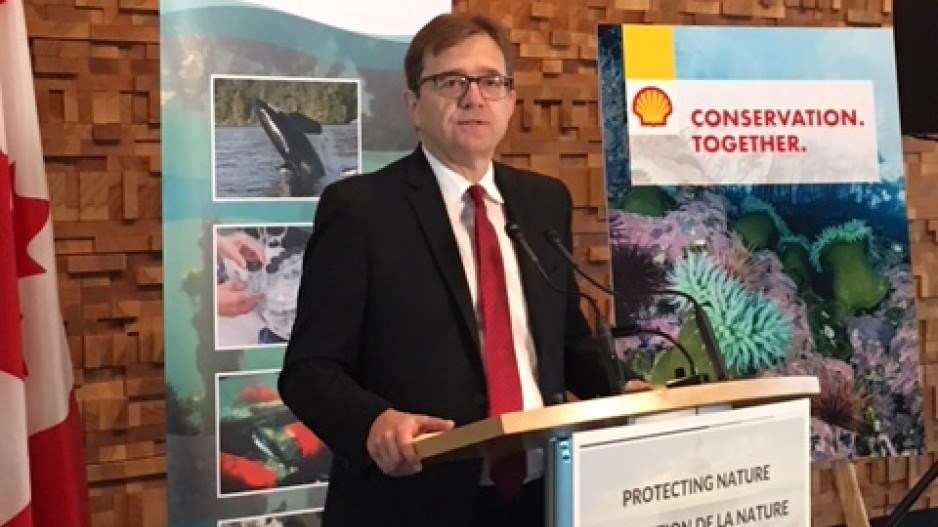The federal government is creating a new marine protected area in and around the Scott Islands off the northwest coast of Vancouver Island, and earmarking $3.2 million in funding for research and monitoring.
The new Scott Islands Marine National Wildlife Area is intended to offer some protection to killer whales, but the main purpose of the new conservation zone is to protect seabirds.
The islands attract between 5 million and 10 million migratory birds – about 40% of B.C.’s seabirds.
The area is also important for marine mammals, including grey, humpback and blue whales, as well as three different killer whale populations.
Shell Canada is participating in the conservation effort by giving up oil and gas exploration permits that it has owned in the area since the 1970s. In total, it will relinquish 50,000 square kilometers to which it holds exploratory permits in the Queen Charlotte and Tofino basins.
There is a moratorium on offshore oil and gas drilling anyway.
“While Shell continues to explore for oil and gas globally, we have no plans to do so off of coastal B.C.,” said Shell Canada president Michael Crothers. Crothers added the company’s plan was to release other permits in the future for other marine conservation efforts.
Jonathan Wilkinson, minister of Fisheries, Oceans and the Canadian Coast Guard, said his government has a target of protecting 10% of coastal marine areas by 2020. The new Scott Islands wildlife area – 11,5046 square kilometers in size – brings the target so far to 7.9%.
DFO will be working with industry and conservationists to introduce new fishing regulations and restrictions. There will be restrictions on groundfish bottom trawlling, for example.
“Additional restrictions to other fishing activities will also be considered if, based on the best available science, they are deemed to pose a risk to the area's conservation objectives," Wilkinson said.
Some of the conservation measures will include the “removal” of predators – rats, raccoons and mink. Both raccoons and mink were introduced to the islands in the 1920s for fur farming, and have “extirpated” seabirds on some of the islands.




